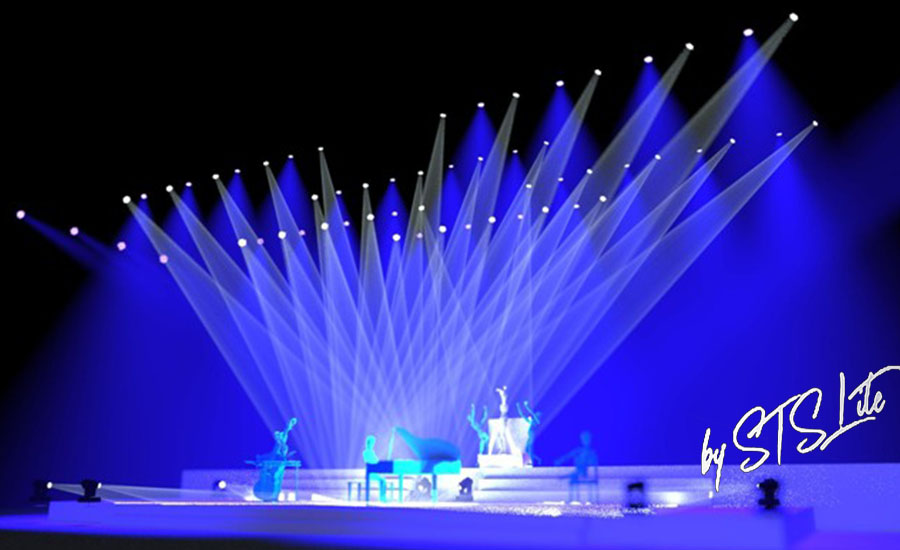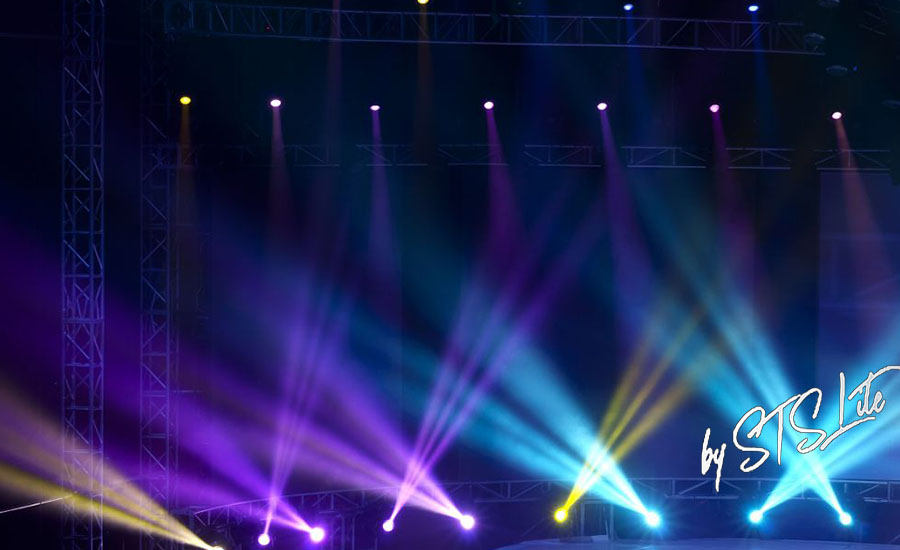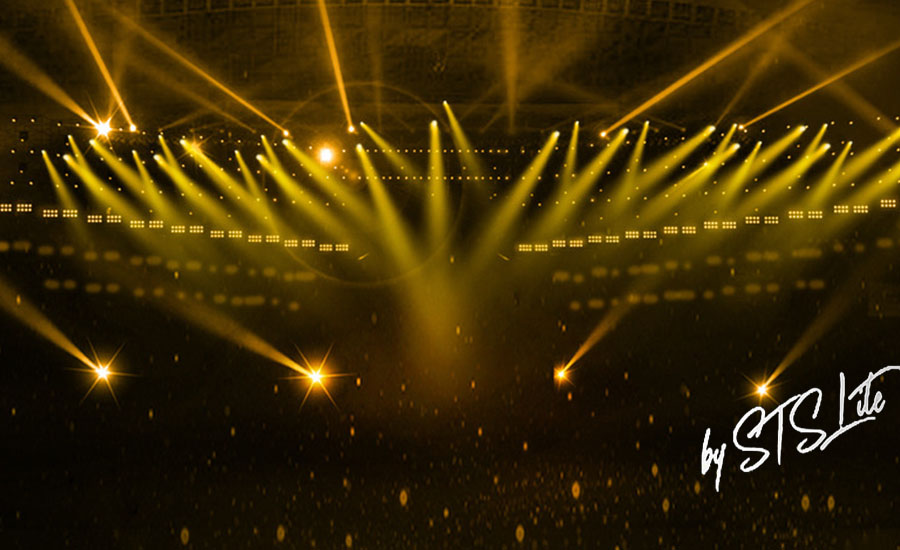Stage lighting has four purposes. By remembering these four aspects, we can judge the quality of every moment of every lighting design, and use it as a measure to evaluate all stage lighting.

1、 The choice of definition
The most important job for designers is to get clarity. The most basic principle is that every audience can see and prepare for what he sees. A part of the stage that should not attract the audience's attention can be shimmered or completely dimmed.
In order to make every audience see the actors clearly, it is the responsibility of the designer to light the actors in 99% of the time. Only when special dramatic effects are required can the actors be dimmed. If the audience has to work hard to see the actor's speech or sing, the lighting, no matter how touching it looks, is a complete failure. It is generally believed that seeing the actor's performance is equal to not hearing the actor's speech. In fact, if the audience can only hear the voice of the actors, but can not see the performance of the actors, the audience will soon feel tired and gradually show little interest in the performance.
Not only the actors, but also every other object that should be seen on the stage needs to be illuminated so that the audience can see it. Each object must be illuminated in a balanced and appropriate way so that the light can represent them correctly.
During the performance, the eyes will naturally look at the brightest part of the stage. The brightness is determined by the following two points: (1) the total illumination of light( 2) The total amount of light reflected from an object.
A black object will appear dark on the stage of Ming Dynasty; On the contrary, a white object, even if it only casts a dim light, also appears bright. For the most practical purpose, we take the actor's performance as the criterion; In the same light eye, and the hue of the section is different, showing different brightness. A light face or make-up for the light color of the face, the face is ochre or tan face to appear bright.
On the stage, almost all the time, the actor's face should reach the brightest state, so as to focus the audience's attention on his performance. This kind of requirement has almost become the basic principle of performance lighting.
When performing a play, some parts of the stage can become more important, and an actor also needs to show that he can't match according to the requirements of the play. Therefore, the contrast of definition is changeable, which can be realized slowly or all at once. The balance of light can be moved from one side of the stage to the other. When an actor is the main performer, the brightness of his cloth should be gradually increased to the brightest level. At this time, the change of the light is a hint to the audience, telling them where to look. As we all know, in some musicals, the use of light is a bright example of this application. In the performance, there are a lot of light change information, so that the balance of brightness moving on the stage can be achieved. Although none of these light changes can be seen, they make all the audience unconsciously look towards the key parts of the stage scene. In a movie or TV, the camera can track or switch, shooting a close-up shot to get a dramatic scene. Therefore, only by adjusting the contrast of clarity can it help to focus the audience's attention. For intermediate chromatography, vision can have greater resolution, so color can play a great role in determining the contrast of clarity.

2、 Display of shape
The overall lighting of the whole stage can create uniform clarity, but the competition on the stage will be dull. In order to make every object display three-dimensional sense naturally, there must be lighting to show the image. Abia said: the shade of color and shadow are equally important to light itself. The lighting of objects that should be clearly seen by the audience should not only be sufficient, but also be correct. Here we make a metaphor, the moon is the object on the stage. The sun stands for light. The earth represents the audience. Everyone knows that the moon is a sphere, but because of the angle between the sun and the earth, the moon can be a flat disc or crescent. All objects on the stage can be very upright or deformed by using the distribution of light and the shade of color, and their shapes can be flat or three-dimensional. The most important thing is to emphasize the actor's sense of production. Therefore, through the lighting, the actor can be separated from the background, so that the actor can be placed in an appropriate prominent position.
3、 Combination
For both lighting and scenery, it is always the most clear and favorite goal to depict the stage with lighting. Here, all the visible intentions of the scenery have been realized or even extended. Use brightness, color or light distribution to create a variety of light combinations, shades and colors around the set and actors.
However, it is clear that the duty of lighting is not to pursue a charming visual picture and ignore visibility. He has to make sure that the whole effect is what he wanted, that every audience can see clearly and correctly what they should see. It's very easy to create dramatic visual effects with lights. Like a colorful light beam, illusion like slide and dazzling sunset. However, it is relatively difficult to ensure visibility and correct balance at the same time. Of course, the possibilities of creating dramatic combinations of lights are unlimited. With the development of science and technology, the task before us is no longer how to use pigments, but how to use light itself, and it still has four-dimensional light and shadow. For the design of stage space, lighting design is an integral part, but this part is not as static as in painting or sculpture. Just like music accompaniment, lighting design can change or follow the development of drama plot.

4、 Atmosphere
In fact, creating an atmosphere should be the inevitable result of successfully completing the first three tasks. In the role of people's psychological and emotional state, lighting has an irrefutable powerful effect; Bright and warm lights make most people feel infinitely beautiful, and vice versa. In his works, according to the plot, the playwright prescribes day and night, sunny and dark weather, which helps to produce dramatic effect. And using the brightness, color, distribution and movement of the light to play the inner emotional and rational effect of the light, appropriately enhance the dramatic effect that the playwright wants to express.
Generally speaking, using the controllability of lighting to achieve the above four purposes (clarity, combination, shape and atmosphere) can successfully create a lot of color for the performance.